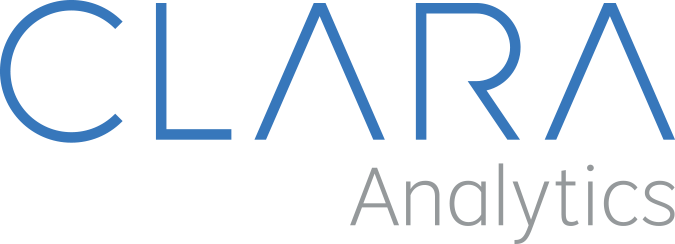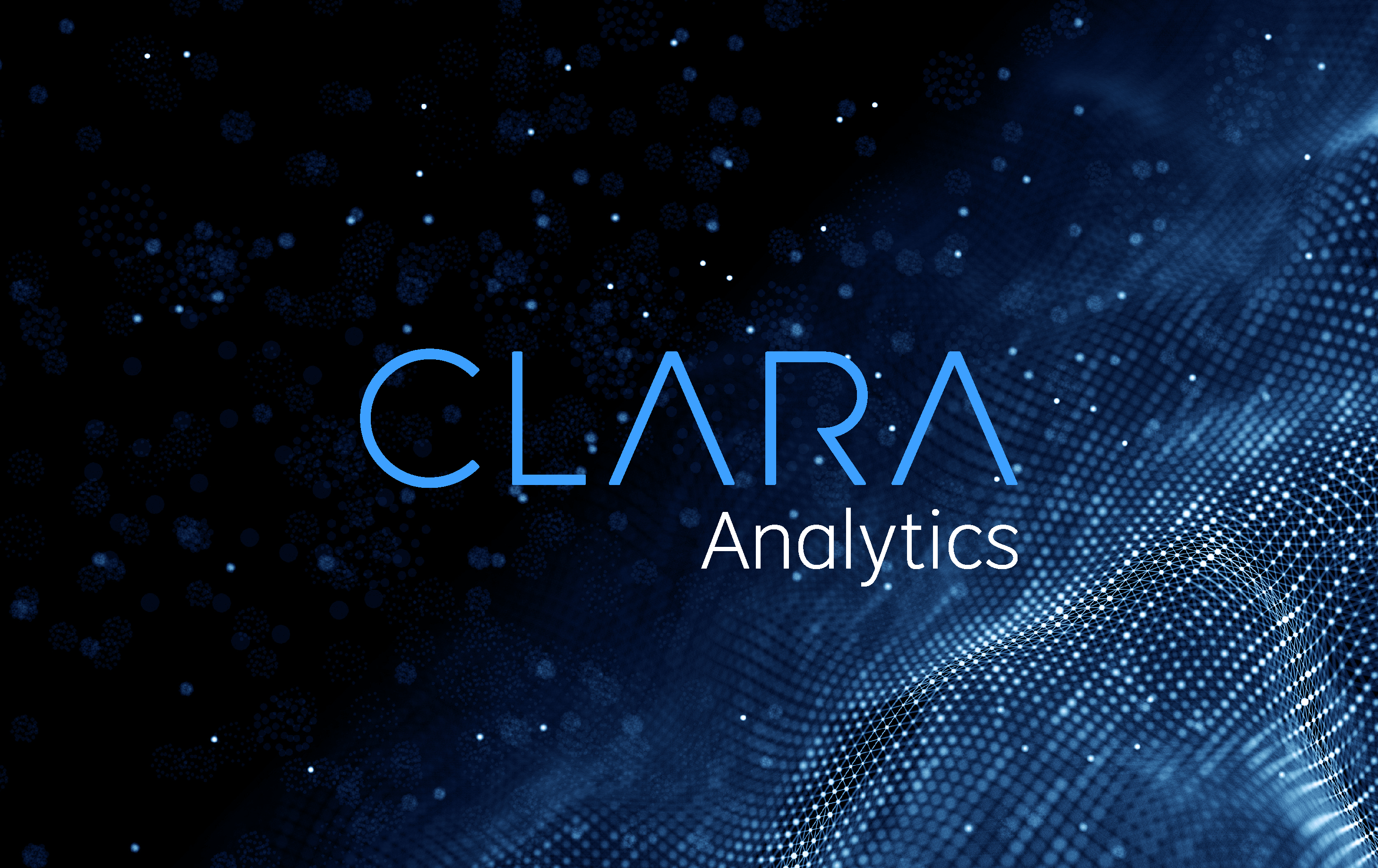Streamline Medical Record and Legal Demand Letter Reviews with AI
Medical records and legal demand letters are critical to casualty insurance claims, providing crucial information about the nature of the claim and the extent of the damages.
However, reviewing and interpreting pages of medical records and legal demands can be time-consuming and complex, especially when you consider a medical adjuster can carry a monthly caseload as high as 100 to 200 claims.
Augmented Intelligence can help claims adjusters, nurse case managers (NCMs), attorneys, and anyone else tasked with making decisions related to the claim, unlock actionable insights from medical records and legal demands, streamlining the claims process and improving accuracy.
What is Augmented Intelligence?
While AI generally stands for ‘artificial intelligence,’ referring to the technology that replicates human intelligence, Augmented Intelligence is the technology that helps humans to do their jobs more efficiently by handling simpler tasks that are easily automated—creating insights from complex data interactions that a human may miss.
Learn more in our white paper>>>
Challenges of analyzing medical records and legal demand letters for casualty claims
Medical records and legal demands provide critical information about the nature of a casualty insurance claim.
- Medical records focus on information about the injury or illness, including diagnosis, treatment, and prognosis
- Legal demands (i.e., demand letters, lawsuits) provide insight into liability and damages.
NCMs rely on medical records to determine whether the claimant is receiving the right treatment, while attorneys use both medical records and legal documents to build their cases.
Depending on how complex a case is or how long it’s been, the records related to a case could be hundreds, sometimes thousands, of pages long, and combing through all of the details becomes resource intensive.
A seasoned claims adjuster is likely up to the challenge: this is important, rewarding work that they’re trained to do. But depending on the workload an adjuster has or how many well-trained adjusters are working for a carrier, it can be tough to give these documents the attention they deserve.
Adjusters have to read through every page and put the documents in a timeline while making sure nothing is missing. If a claimant has been in treatment for two years, that’s a lot of records to evaluate—and there are often key details hidden in the physician’s notes.
The adjuster then has to create a summary of the case and a timeline of events and, using their expertise, denote a final value. Claims adjusters performing at the highest level might be able to do this in 3–4 hours; beginner adjusters will take much longer. Often the complex record reviews are completed by high-cost legal counsel, driving claim expenses even higher.
How AI can help with medical records and legal demand letter analysis and interpretation
AI can help claims adjusters by automating the review and analysis of medical records and legal demands. AI automates medical records transcription, extracts and organizes important details about each claim, and makes that information available to claims adjusters, NCMs, attorneys, and anyone else involved in making decisions about the claims.
There are three key types of technology that enable this type of AI-based document review. Optical character recognition (OCR) technology can be used to automatically convert physical documents into digital text, making the text easier to search and analyze. Natural language processing (NLP) technology can then be used to analyze the text and extract relevant information.
The third key technology, an LLM (large language model), is an AI algorithm that uses deep learning to summarize and generate content that is contextually aware and can speak the right language. In the case of casualty claims, that would be the language of insurance. As with litigation, these insights are even stronger once the AI learns from a contributory database with years of claims data from multiple sources.
What is a contributory database?
A contributory database is a collection of data provided by participants to a central repository that is then shared among everyone. CLARA customers provide historical claims data to our leading Contributory Database Model that enables insights that are difficult for sole carriers to replicate.
Training AI models on millions of closed claims enables unmatched prediction accuracy and a depth in benchmarking that gives the users insights into new markets. This contributory database model gives CLARA users an operational edge that improves when additional carriers, MGA/MGUs, reinsurers, or self-insured entities partner with CLARA.
Learn more about how it works>>>
For medical records, AI can be used to analyze medical terminology and identify important details such as diagnosis, treatment, and prognosis. For legal demands, AI can analyze legal terminology and identify important details such as liability and damages.
NLP can also be used to identify potential red flags or inconsistencies, allowing claims adjusters to evaluate the claim more accurately. While insurance-trained LLMs can generate summaries, complete forms, and document notes for the adjuster and legal team.
Benefits of using AI for medical records and legal demand letter analysis
By automating the review and analysis of medical records and legal demands, claims adjusters can more quickly identify important details and potential issues—and with greater accuracy. This allows claims adjusters to efficiently and effectively evaluate claims that would otherwise take weeks to complete, which delays the ability to take pre-emptive and timely corrective action.
Key benefits of AI for medical records and legal demands:
- Quickly respond to changes
- Proactively manage claims
- Reduce time to review claims
- Extract key medical information
- Minimize the risk of human error
Automating the review and analysis of medical records and legal demands with AI allows claims adjusters to spend less time on routine tasks and more time on more complex tasks, such as developing a claims strategy or communicating with parties involved in the claim. It can also help them minimize any errors that would be more likely to occur if they were handling large caseloads without additional support.
Unlock actionable insights from your documents with CLARA Analytics
CLARA Claims Document Intelligence Pro (Claims DocIntel Pro), formerly CLARA Optics, automates medical record and legal demand transcription, extracts and organizes important details about each claim, and makes that information available to adjusters and nurse case managers (NCMs). Claims DocIntel Pro reduces risk by ensuring that important case details are not overlooked.




